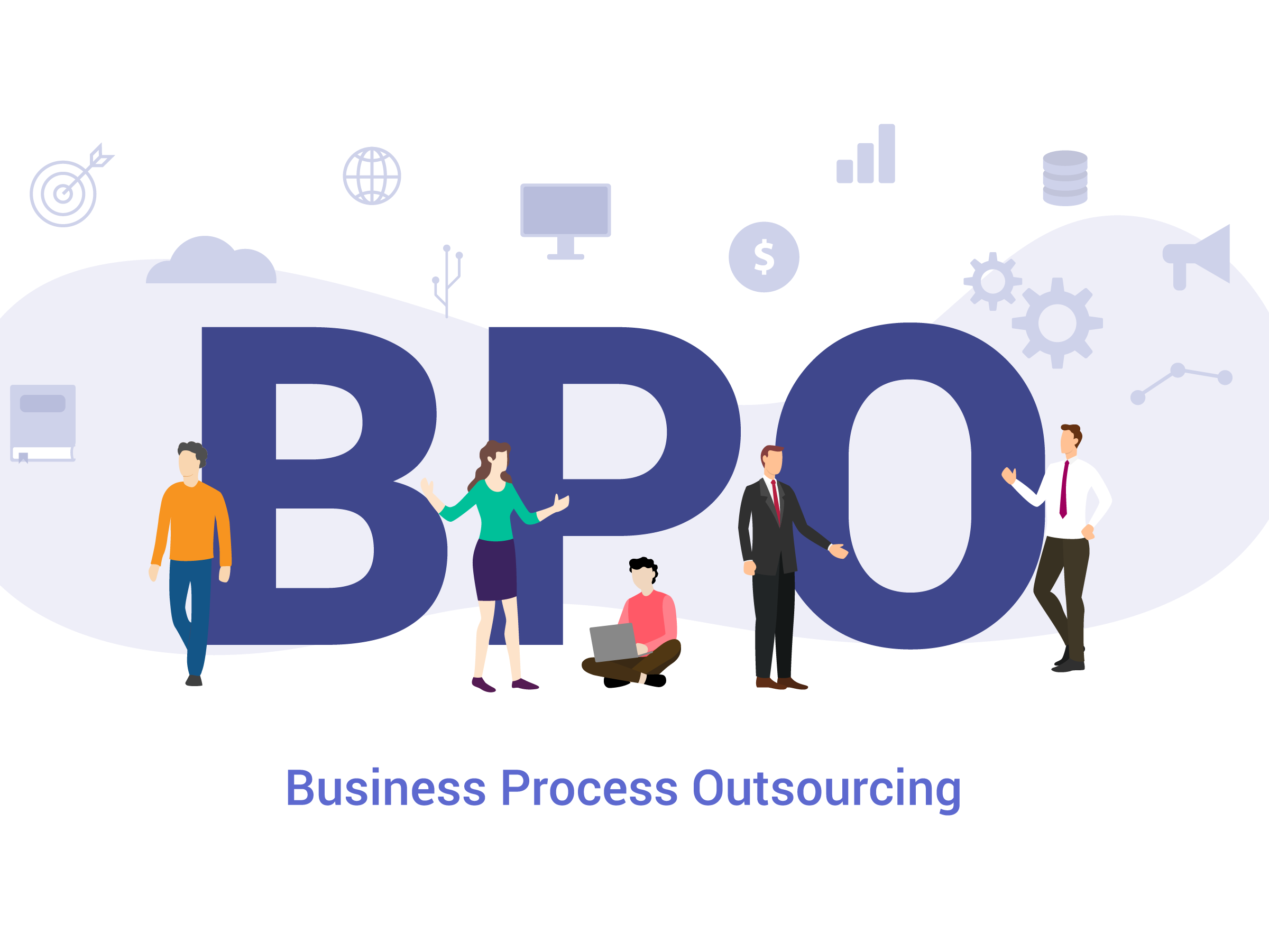
Top 4 BPO Best Practices
Juggling the many moving parts within a growing business isn’t easy. But you don’t have to do it all in-house. The right Business Process Outsourcing (BPO) partner can help you save time, money, and other resources that can be invested elsewhere as you grow your business.
In the present business ecosystem, BPO has become one of the most effective solutions to address the current labor shortage, with the total volume of the BPO market expected to cross the $343.2 billion mark by 2025, according to projections from Grand View Research.
Let’s look at the basics of BPO and the best practices to achieve your organization’s desired business bottom line.
First Off, What Exactly is Business Process Outsourcing?
Business process outsourcing, or BPO, is the practice of contracting out certain business operations to a third-party company.
Organizations contract with BPO vendors for two main areas:
- Back office operations: They include payment processing, information technology services, quality assurance, etc.
- Front office operations: They include marketing, sales, customer relations, and grievance redressal.
In many cases, organizations outsource one or more functions. For example, instead of outsourcing all HR functions, the company will outsource just the payroll processes.
Over the years, the BPO industry’s expanded considerably and offers a wide range of services and functions to organizations.
When implementing BPO, companies usually focus on processes that are integral to the company’s overall functionality — but that isn’t a part of what differentiates them from the competition.
Some of the most common processes businesses outsource include:
- Customer Service & Support
- Accounting
- Marketing
- Development
- Data Entry & Classification
- …and many more
BPO Best Practices
#1 Define Your Overall Purpose and Business Goals
You should have a specific justification for outsourcing any internal processes before doing so.
This objective usually coincides with one or more of the advantages listed below.
- Lower Costs
- Improved Turnaround Time
- Enhanced Quality
- Focus on Core Business
- Effective Management of Seasonality
Be prepared by having a strategy for expanding your company in some form as soon as your BPO providers begin to deliver the outcomes you were hoping for.
#2 Define your Key Performance Indicators
Once you’ve determined a general need to outsource a particular process, you need to get more specific with your goals.
Additionally, consider how your team’s performance will improve, in addition to the immediate benefits your BPO partner will bring to the table.
For instance, if you hire a BPO to handle routine customer support issues, you might concentrate on streamlining the user onboarding experience. To set even higher goals for the future, you would then be able to review your current onboarding-related KPIs and performance data.
#3 Identify and Prepare for Potential Risks
It’s critical to understand which of these (and other) risks are most pertinent to a given partnership.
Data security will be a concern, so you’ll likely want to start here. Before you even begin working with a BPO partner, it’s essential to define:
– What data they’ll need
– What channels you’ll use to communicate
– How specific information is to be used by the third-party
You can then set rules for your team and your partners to follow when sharing data. Setting permissions, for example, will ensure that data remains accessible on an as-needed basis and minimizes the chances of it being lost or misused.
#4 Document BPO Lessons Learned
Over time, you’ll better understand how to make outsourcing work for your organization. You’ll be better able to identify:
1. What processes can (and should) be outsourced
2. The qualities to look for in a provider for a given purpose
3. Any red flags to look out for when narrowing down your choices
As these things come to light, it’s vital that you document them appropriately. That way, you’ll be able to cover all the angles when looking to bring a new BPO partner aboard.
How Can SALIX Help?
For over 20 years, SALIX Data has helped more than 2,500 customers streamline their business operations. Our customers gain the benefit of creative solutions that leverage both cutting-edge technology and dedicated people to deliver exceptional results at a fraction of the cost.
SALIX is a regional leader in BPO, working companies to save them time and money by by streamlining their non-core business operations through our outsourcing facilities in Kenya and India.
Learn more about our outsourcing capabilities here.
Give your business the savings and flexibility it needs to succeed in today’s competitive business environment by utilizing SALIX’s Business Process Solutions. Contact us today to set up an introductory appointment with a Business Process Expert.







